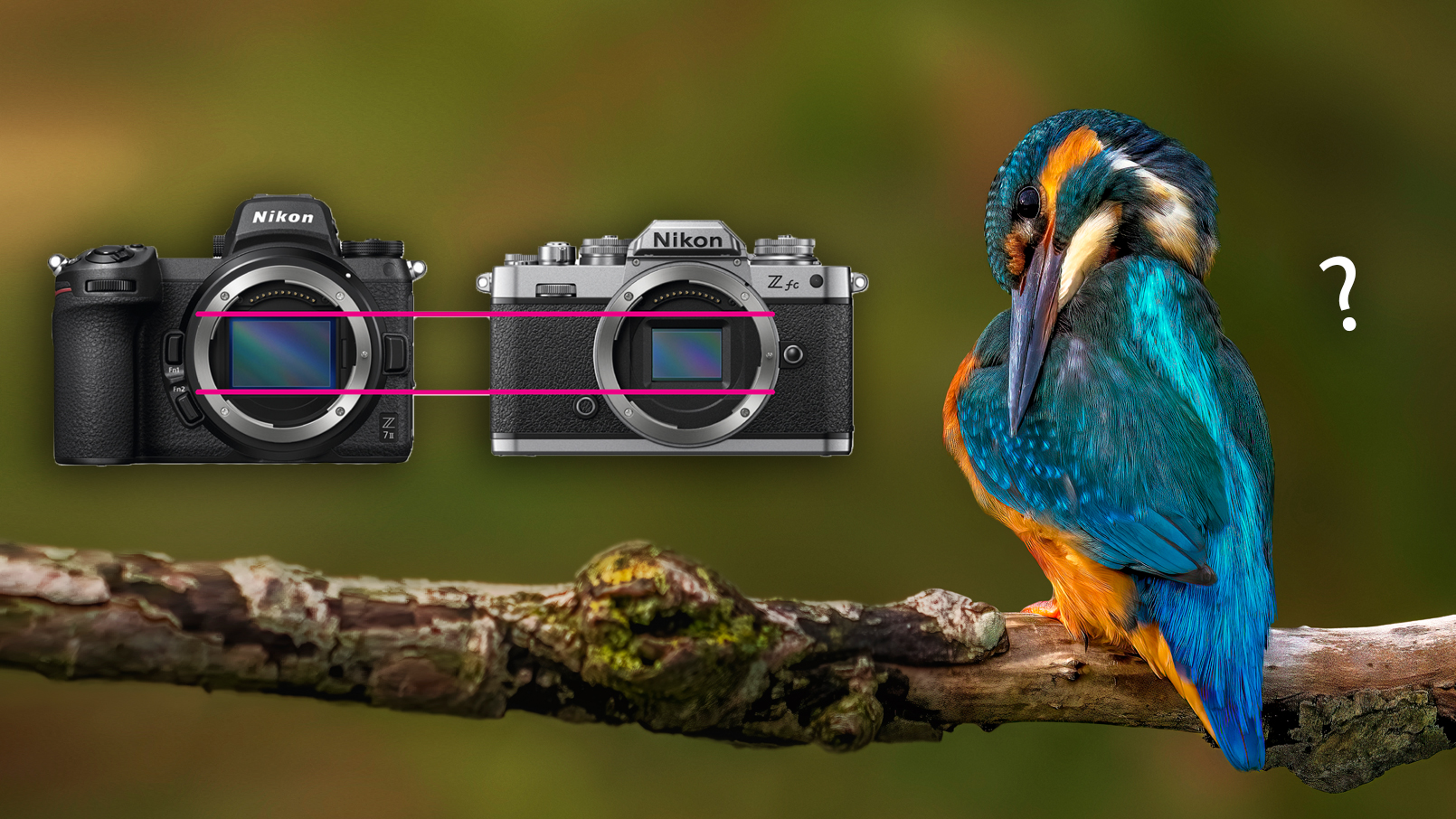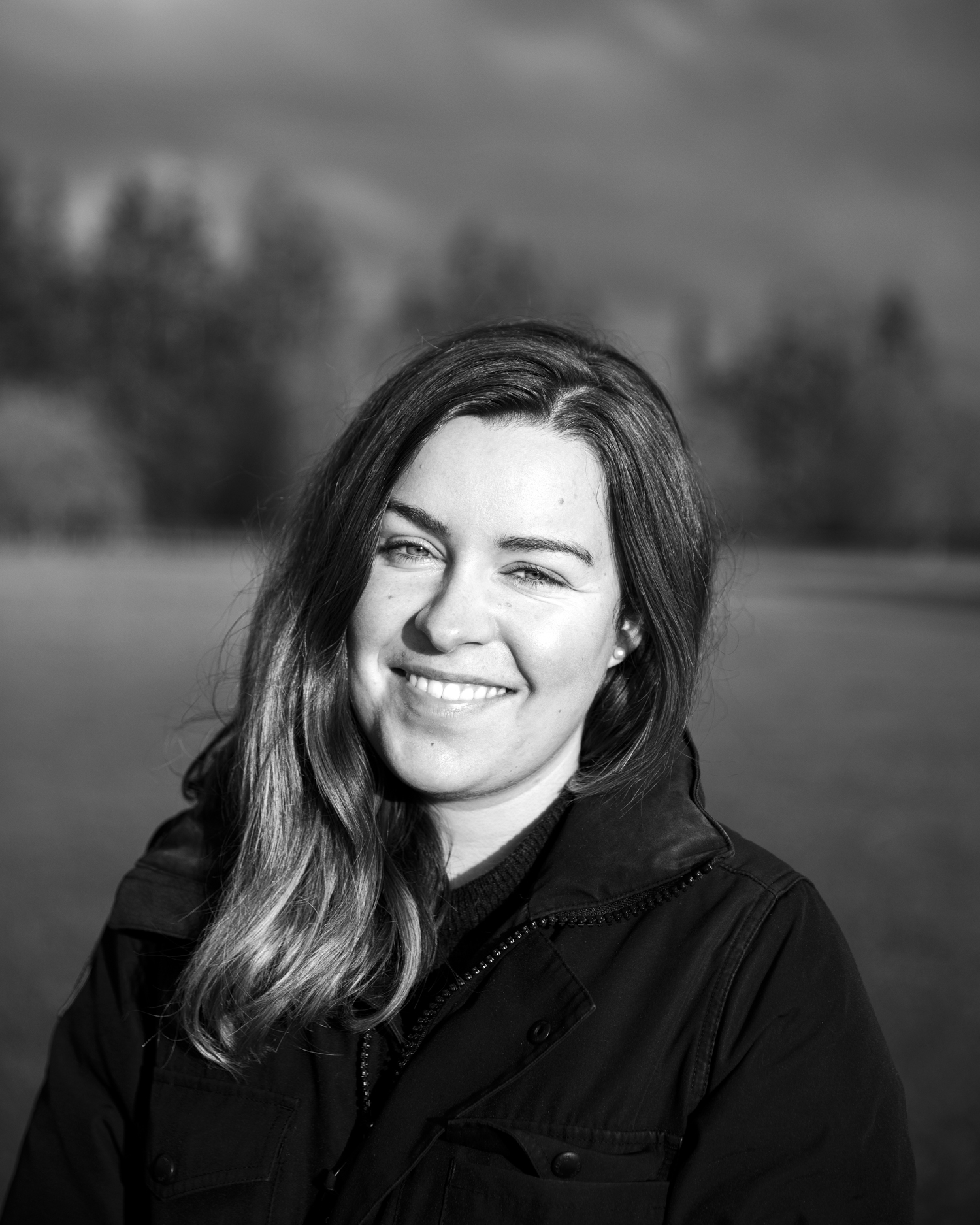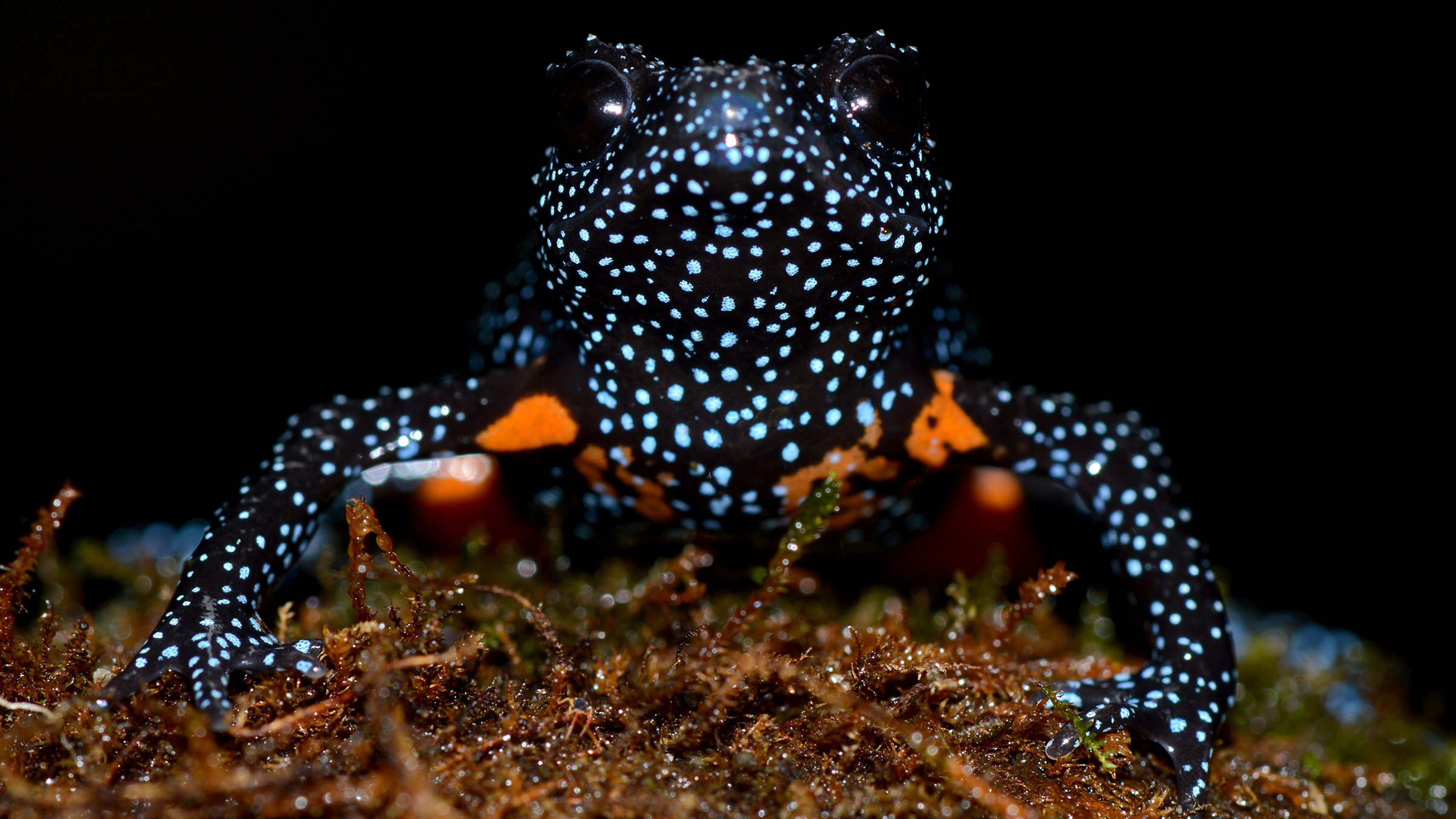Should you use a full frame or cropped sensor camera for bird photography?
When it comes to photographing birds, size does matter, and a smaller sensor might help you to get "closer" to your subject

Bird photography might be considered a more niche genre, but it has a dedicated community of shooters and provides the nature lovers among us with so many shooting opportunities. Bird species come in all shapes, sizes and colors, and display such a wide array of behaviors to capture – and they can be seen around the world.
Although we've said before that great wildlife photography doesn't need the latest kit, bird photography can still get pretty expensive. For stunning results you'll need one of the best lenses for bird photography, likely a long telephoto lens with a fast maximum aperture. I recently went hands on with the Fujifilm Fujinon XF150-600mm F5.6-8 R LM OIS WR0 and can see it being an amazingly compact birding lens.
But course optics are only one half of the puzzle when it comes to filling the frame with your subjects. You'll also need a decent camera, but when it comes to choosing the best camera sensor, the most expensive, high resolution model isn't necessarily going to be your best option. Let's look at whether a full frame or cropped sensor is better for bird photography, and why...

Full-frame or cropped sensor?
Whether you're shooting with the best mirrorless camera or best DSLR, camera sensors come in different physical sizes. The two most common are full frame and cropped (often called APS-C). While the best full frame cameras sensors will generally offer greater dynamic range and low-light performance, they’re not always the best choice for bird photography, as I mentioned above.
This is because of the ‘crop factor’ on a smaller sensor, which effectively multiplies the focal length of a lens and makes it easier to fill the frame with faraway subjects. As an example, an APS-C camera with a crop factor of 1.6x would give a 400mm an effective focal length of 640mm – that's a lot of extra reach and very handy when you want to get "closer" to your subject at a given focal length.
Lenses are more important than the camera
High-quality lenses are arguably more important than the camera, and if you can only afford one optic, choose one of the best lenses for bird photography lens such as a 100-400mm over a prime, to provide more flexibility when it comes to composing your shots. Consider lens weight too, as you might end up carrying it long distances when stalking subjects in the wild.
If you need to save money, remember that you can always rent out big ticket items for planned shooting trips. And of course, you should only be buying kit that you know you’ll use frequently.
The best camera deals, reviews, product advice, and unmissable photography news, direct to your inbox!
Read more
Bird photography tips
The best portable hides for wildlife
Best telephoto lenses

Lauren is a writer, reviewer, and photographer with ten years of experience in the camera industry. She's the former Managing Editor of Digital Camera World, and previously served as Editor of Digital Photographer magazine, Technique editor for PhotoPlus: The Canon Magazine, and Deputy Editor of our sister publication, Digital Camera Magazine. An experienced journalist and freelance photographer, Lauren also has bylines at Tech Radar, Space.com, Canon Europe, PCGamesN, T3, Stuff, and British Airways' in-flight magazine. When she's not testing gear for DCW, she's probably in the kitchen testing yet another new curry recipe or walking in the Cotswolds with her Flat-coated Retriever.
